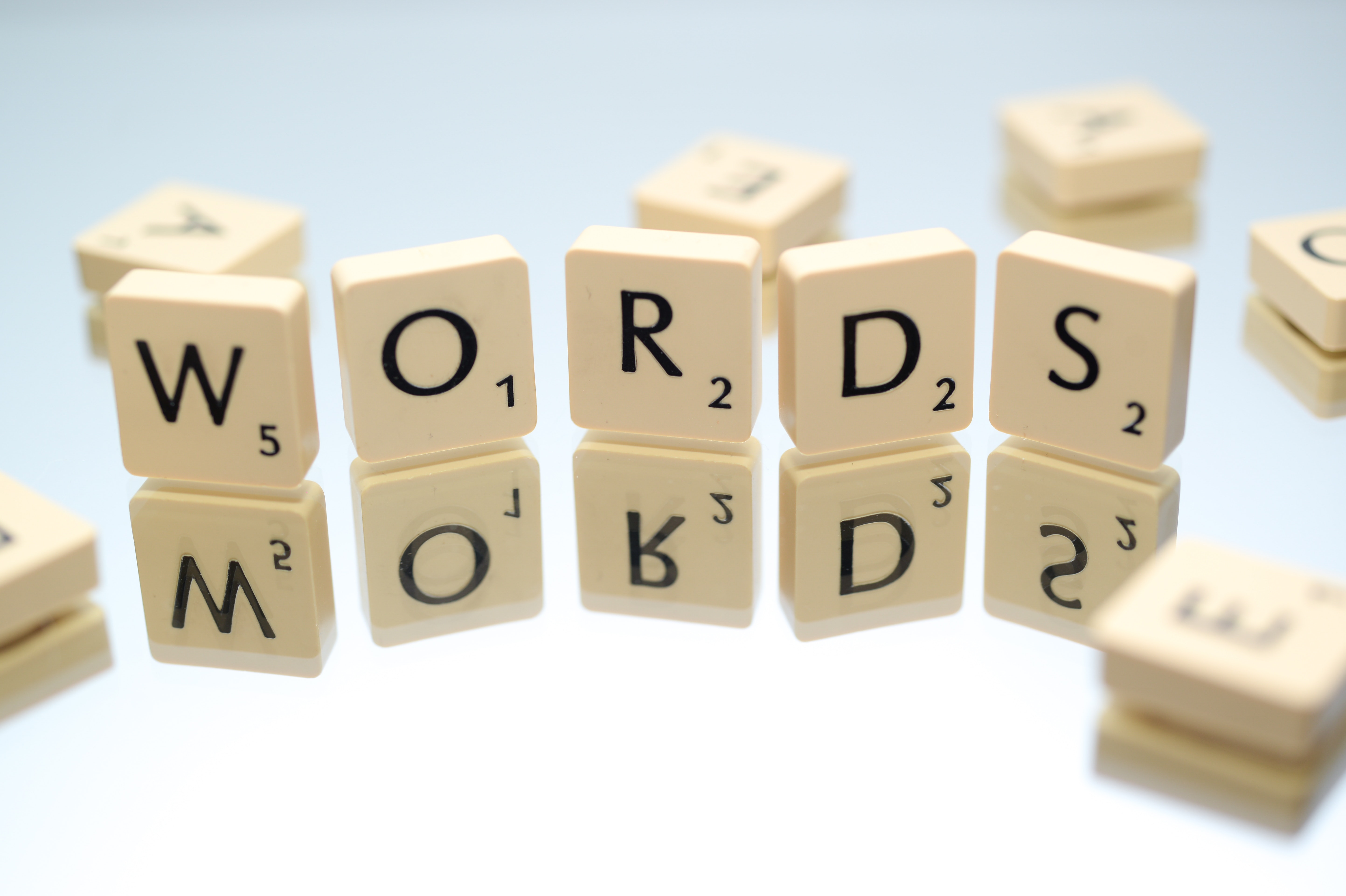By Andrew Currier
Patents are a unique convergence of technical writing and legal writing. The result is a highly specialized form of writing. Weaving complex technical and legal concepts into a coherent patent application is hard, and often results in the use of jargon. One notable piece of jargon is the use of the word “said” inside claims. However, the use of “said” in patent claims has been in steady decline[1] and is no longer fashionable. The primary cited reason is that “said” is legalese while “the” is plain language. For fun, however, I want to offer some reasons why killing off “said” might not make sense.
Consider the “said is legalese” argument. Expanding on the argument, legalese is bad because it makes something harder to read. It is a logical statement. Except that claims as whole are legalese, and omitting the use of “said” does not change that fact. By long standing convention, patent claims are curiously restricted to a format of one long sentence, with a preamble, a transition term like “comprising”, and then a number of interconnected elements and associated functional statements, all awkwardly separated into quasi-sentences with semicolons rather than periods. Unless the entire format of claim is overhauled to make the entire format “plain language”, dropping the use of “said” hardly makes claims instantly understandable. I suggest that, precisely because claims are “legalese”, that the use of “said” can actually help with claim interpretation.
How is that possible? How can “said” be clearer than “the”? For even the clearest patent applications, claim construction is best performed after a stiff drink. Having put on our claim interpretation hats, we are agreeing to delve into the obscure English dialect of patents, to try and understand the scope of the intended monopoly. The exercise involves parsing the claim into elements, sub-elements and the functions attached to each. There is nothing “plain language” about the exercise hence the paradox… it is precisely because the word “said” is so awkward and jarring to read that it sends a clear message to the reader that the term in question has been previously introduced.
There is another reason to consider that there may be room for both “the” and “said” inside a claim, as long as one avoids the apocryphal “the said”. While archaic, in non-patent English, “said” is unambiguously a definite article. It is an emphatic declaration that a term has been used previously in a piece of writing. However, “the” is not always used in the same way. “The” is more flexible and can be used in the same way as “said”, but it in common English, it is also used more broadly. For example, in regular English “The President of the United States” does not require the piece of writing to initially refer to “A President of the United States”, which would be absurd.
To illustrate the point of how “said” and “the” can be elegantly used in the same claim, consider the following example:
EXAMPLE 1 (“Said” and “the” permissible)
A pie;
A piece of said pie;
The remainder of said pie.
A patent purist may argue that “the remainder” is ambiguous because it lacks antecedent. I would suggest that this rigidity defies the “plain language” and “no jargon” doctrines as well. Indeed, if we are forbidden from using “said” and adhere to a strict rule that “the” cannot be used unless it is introduced earlier by an indefinite article, the claim elements would need to read along the following lines:
EXAMPLE 2 (“Said” is impermissible; “the” is permissisble.)
A pie having a plurality of pieces;
A first piece of the plurality of pieces of the pie;
A remainder of the plurality of the pieces of the pie;
The remainder of the pie.
Respectfully, I am of the view that EXAMPLE 1 is much easier to understand, whereas EXAMPLE 2 is jargony and hard to read.
In conclusion, I support a flexible approach to all writing and simply suggest that patent drafters take the time to consider the “why” behind certain drafting choices. I do not see a “right” or “wrong” way here, only the need to be mindful. There are an infinite number of ways to prepare an elegant patent specification, but infinitely more ways to prepare one that is inelegant, especially if we are held too rigidly to rules.
Andrew Currier is a recognized thought leader and provides IP strategy counselling for technology companies across the globe. He can be reached at info@pckip.com.
Footnotes
[1] According to Dennis Crouch, the use of the word “said” in claims has steadily fallen from nearly 90% of all claim sets before 1996, down to 60% in 2005, dropping to 22% in 2017. (https://patentlyo.com/patent/2017/09/describe-said-invention.html and https://patentlyo.com/patent/2017/09/claiming-said-invention.html).
PCK IP is one of North America’s leading full-service intellectual property firms with offices in Canada and the United States. The firm represents large multinational companies, scaling mid-size companies, and funded innovative start-up entities. PCK IP professionals include seasoned patent and trademark agents, engineers, scientists, biochemists and IP lawyers having experience across a broad range of industries and technologies. Contact us today.
The contents of this article are provided for general information purposes only and do not constitute legal or other professional advice of any kind.
